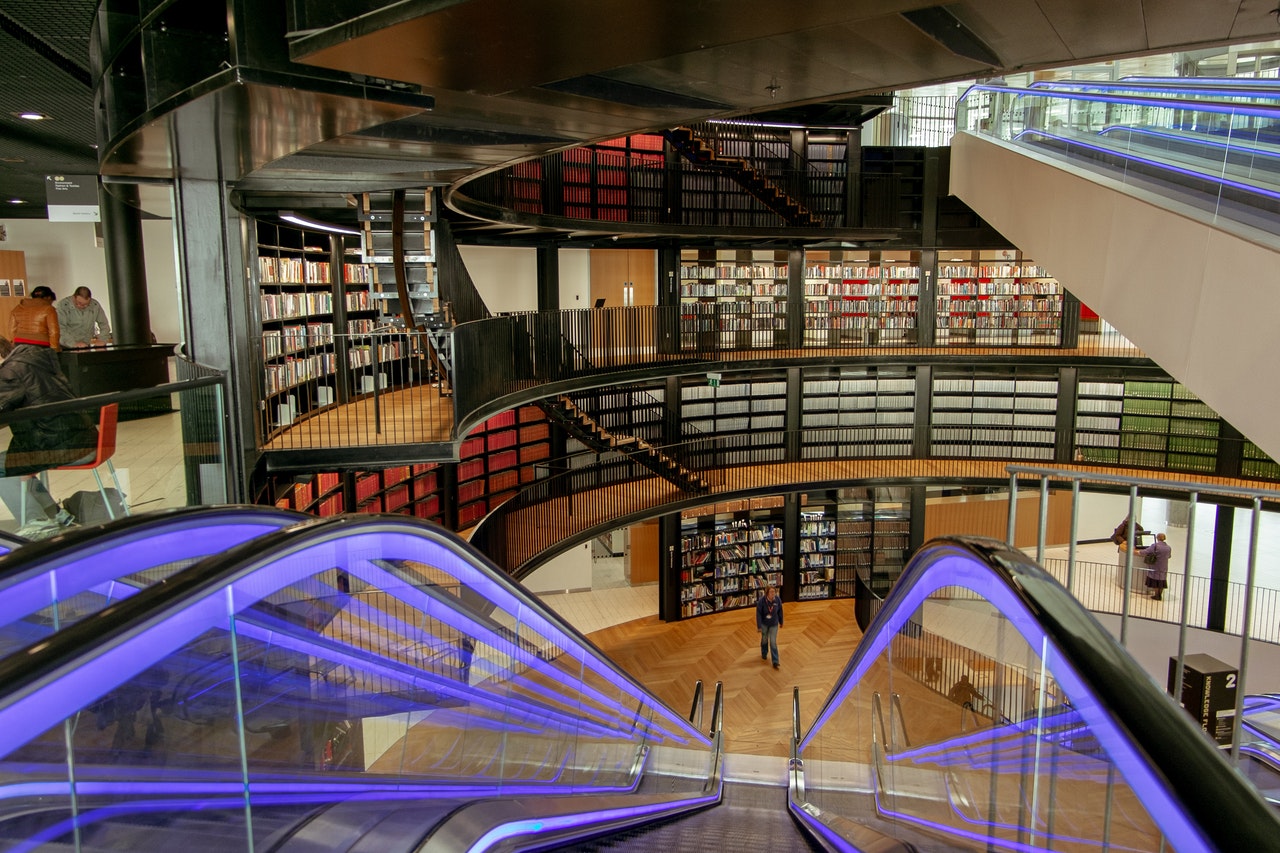
A Future Community

Image by Olga Lioncat from Pexels
The Opportunity
Libraries have provided a transformational service in the United States since the explosion of public libraries in the 19th Century. Bringing free information and meeting spaces to even the smallest communities helped the US become an educational, cultural, industrial, and economic world power. As the 21st Century begins, the distribution of information and the development of community has shifted largely to electronic modalities, accelerated by the global COVID-19 pandemic. If libraries are going to remain a relevant driving force in the world, they will have to echo that shift and develop an online presence.
My suggestion is that libraries of all types - public, academic, school, and others - begin to develop their own virtual communities. The model would be a text-focused, and information-rich network, similar to the Twitter/Mastodon model. It would need to offer a hierarchy of spaces - public, semi-public, and private - to ensure that all members of the community are able to feel safe and supported. It should require that users have a persistent identity on the network, but that identity may or may not be tied to a user’s real world identity. While I suggest that libraries begin to develop these networks separately, I believe that over time, the consortial and resource-sharing spirit common to libraries will result in a consolidated or federated system that allows users to participate at a local or global level.
The Challenge
The cost of developing and maintaining such a system will be extreme. While open source, well-documented social networking software exists (like Mastodon, Pixelfed, OSSN and more), libraries will likely need to devote significant time and resources to software development, in order to create the type of network they want. Additionally, as these networks (hopefully) grow, the hardware and bandwidth costs will grow as well. Finally, libraries will need to create entire departments to monitor, moderate, and maintain these networks if they are to thrive. Ideally, governments and administrations will quickly see the value in providing a safe, reliable, and private virtual community that does not rely on private corporations and will fund these networks appropriately.
The additional challenge is ensuring that everyone has equitable access to these networks. Broadband access in the US is shockingly inadequate. Libraries are already playing a large role in bringing internet access to communities by offering WiFi and computers to the public, but in order to truly flourish, the library networks will need local, state, and national efforts to expand broadband access to proceed.
The Possibility
The possibilities of a library-focused virtual community are as transformational as the concept of public libraries were centuries ago. Combining the regulatory and transparency requirements of public funding with the user-privacy ethos of libraries would result in a system that would maybe not be easy to understand, but it would at least be possible to understand, unlike the secrecy-minded companies that currently dominate the landscape. Forty percent of Americans trust information from their library “a lot” - compared to the 3% who trust social media to the same degree. (Horrigan, 2017) What if the place where people gathered and shared information - from baby pictures to political news - was somewhere they could trust?
Reference
Horrigan, John B. (August 2017). “How People Approach Facts and Information.” Pew Research Center.